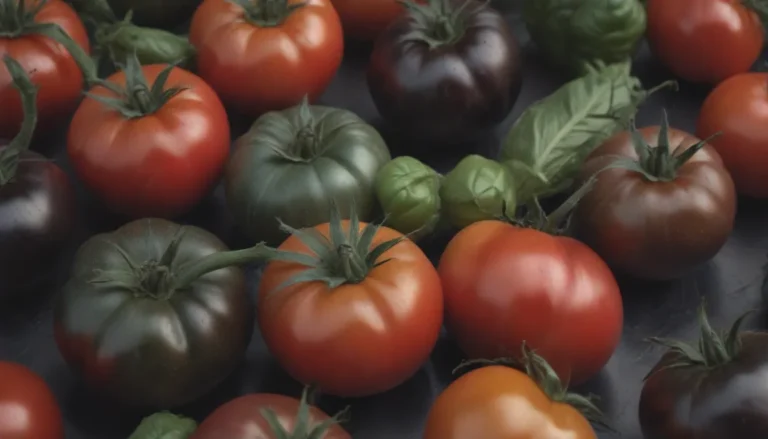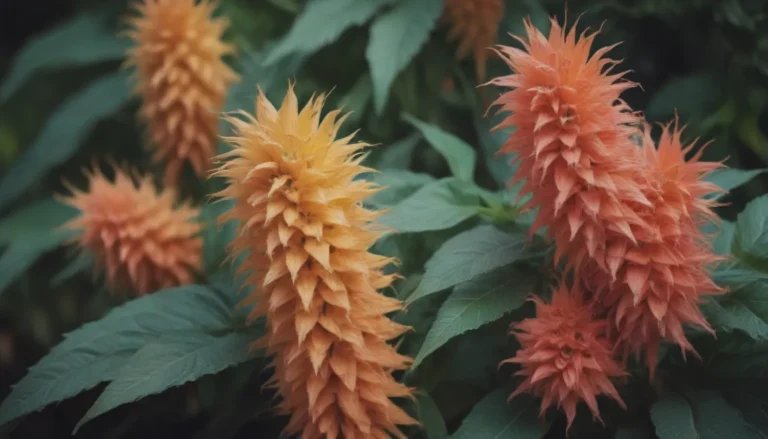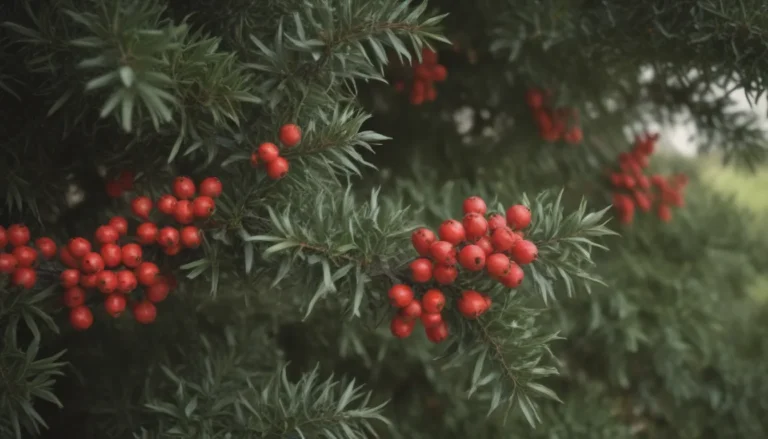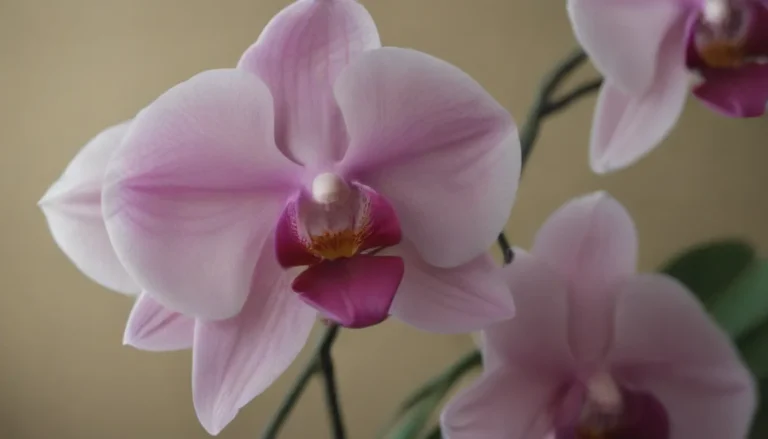Unlocking the Secrets of French Intensive Gardening: A Guide to High Yields in Small Spaces
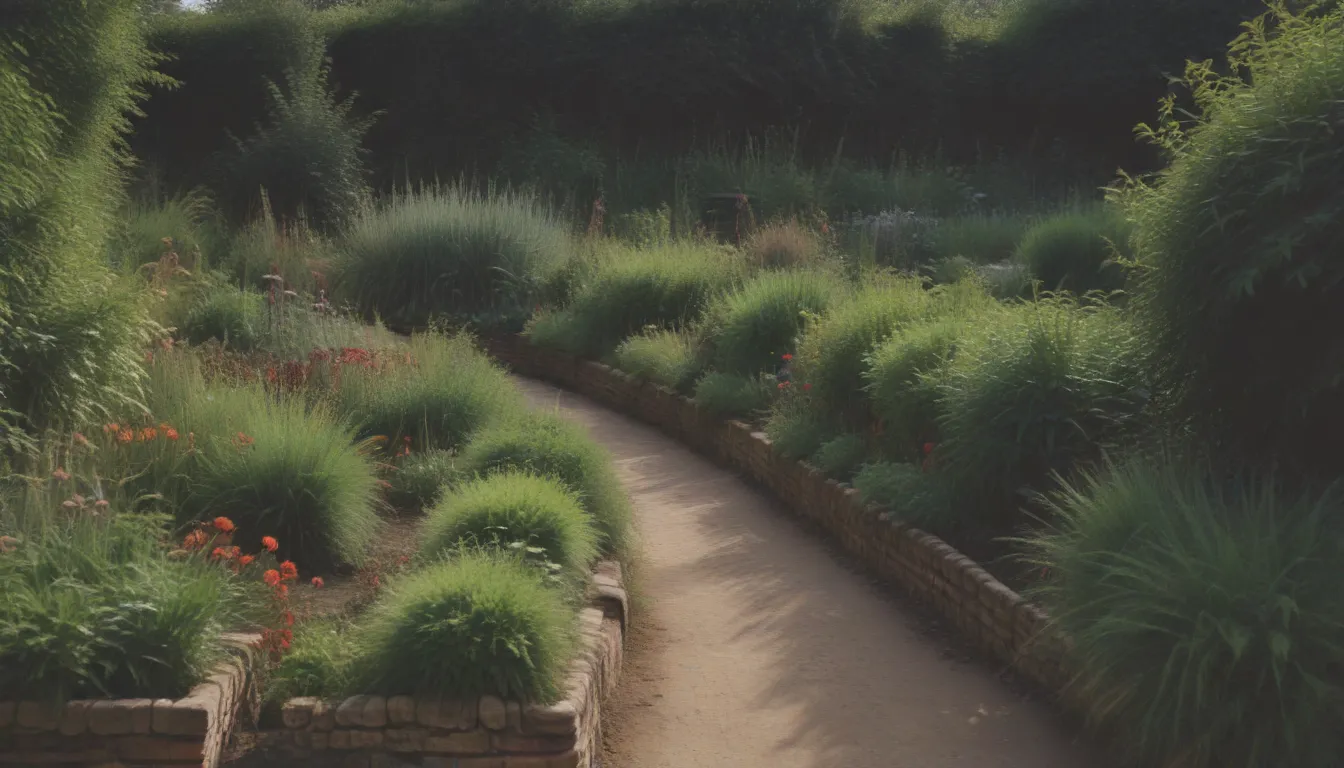
Are you a budding gardener looking to maximize your harvest in limited space? Perhaps you’ve heard of French intensive gardening but aren’t quite sure where to begin. Fear not! In this comprehensive guide, we’ll delve deep into the world of French intensive gardening, exploring its history, principles, and practical applications. By the end of this article, you’ll be equipped with the knowledge and tools necessary to kickstart your own biodynamic garden and reap the rewards of high yields in a small urban oasis.
Unearthing the Origins of French Intensive Gardening
French intensive gardening traces its roots back to the market gardens of 16th-century France. These commercial gardens, situated around Paris and other French cities, supplied fresh vegetables to urban populations. The practice flourished in the late 1800s and early 1900s, eventually making its way to England. In 1967, English gardener Alan Chadwick introduced French intensive gardening to the United States, starting a garden at the University of California Santa Cruz.
Digging Deeper: Key Principles of French Intensive Gardening
When it comes to French intensive gardening, the key lies in soil preparation. By following a few core principles, you can achieve bountiful harvests in minimal space. Let’s explore some essential techniques:
-
Deep Digging for Soil Improvement: French intensive gardening employs deep digging by hand to create well-drained, fertile soil. Whether through single digging or double digging, the goal is to break up the soil, allowing roots to grow vertically and access vital nutrients.
Tip: Amending the soil with mature compost enhances its composition and provides necessary nutrients for plant growth.
-
Raised Beds: To prevent soil compaction and maximize growing space, French intensive gardens often utilize raised beds. These elevated structures allow for intensive planting while keeping the soil aerated and accessible.
-
Close Spacing: Crops in a French intensive garden are planted closer together than in traditional gardening, minimizing wasted space and promoting high yields. By eliminating bare soil and encouraging vertical root growth, this method optimizes plant growth and minimizes weed growth.
Tip: Close spacing also helps retain soil moisture and protect plants from harsh elements.
-
Sun Exposure and Companion Planting: Proper orientation of garden beds and strategic companion planting are crucial in French intensive gardening. By aligning plants with similar sun requirements and intercropping compatible species, you can foster healthy plant growth and optimize space utilization.
Tip: Consider companion planting to maximize plant health and growth potential.
-
Succession Planting and Crop Rotation: Transplanting seedlings and rotating crops are essential practices in French intensive gardening. By planning successive plantings and rotating crops to maintain soil health, you can maximize productivity and prevent disease.
Benefits and Drawbacks of French Intensive Gardening
Before embarking on your French intensive gardening journey, it’s essential to weigh the pros and cons of this method:
Benefits:
– Affordable: French intensive gardening can be a cost-effective way to cultivate a thriving garden.
– Improves soil: By promoting soil health and fertility, this method can enhance plant growth and productivity.
– Sustainable: With its focus on efficient space utilization and minimal resources, French intensive gardening embodies sustainable agricultural practices.
– Space-saving: Ideal for small urban spaces, this method allows you to maximize yields in limited areas.
Disadvantages:
– Hard labor: French intensive gardening requires physical effort and manual labor, particularly during the initial soil preparation phase.
– Correct tools: To implement this method effectively, you may need specific tools and equipment tailored to intensive gardening practices.
– Research intensive: Understanding the principles of French intensive gardening and companion planting requires research and ongoing learning to achieve success.
Putting Theory into Practice: Designing Your French Intensive Garden
Ready to roll up your sleeves and get started on your French intensive garden? Here’s a suggested combination to kickstart your biodynamic oasis:
- Tomatoes in Cages: Plant tomatoes in cages to provide shade and support for vertical growth.
- Broccoli and Marigolds: Interplant broccoli and marigolds between tomato cages to maximize space and deter pests.
- Cucumbers: Plant cucumbers inside the cages to climb and further optimize space utilization.
By following these recommendations and incorporating the principles of French intensive gardening, you can create a thriving garden that yields abundant produce in a small urban setting.
In conclusion, French intensive gardening offers a holistic approach to cultivating high-yield crops in limited space. By prioritizing soil health, efficient space utilization, and strategic planting techniques, you can transform your urban garden into a flourishing oasis of fresh vegetables. So grab your gardening gloves and dive into the world of French intensive gardening – your taste buds will thank you!

